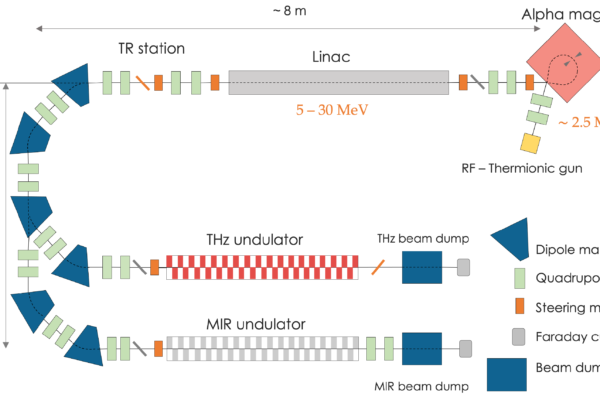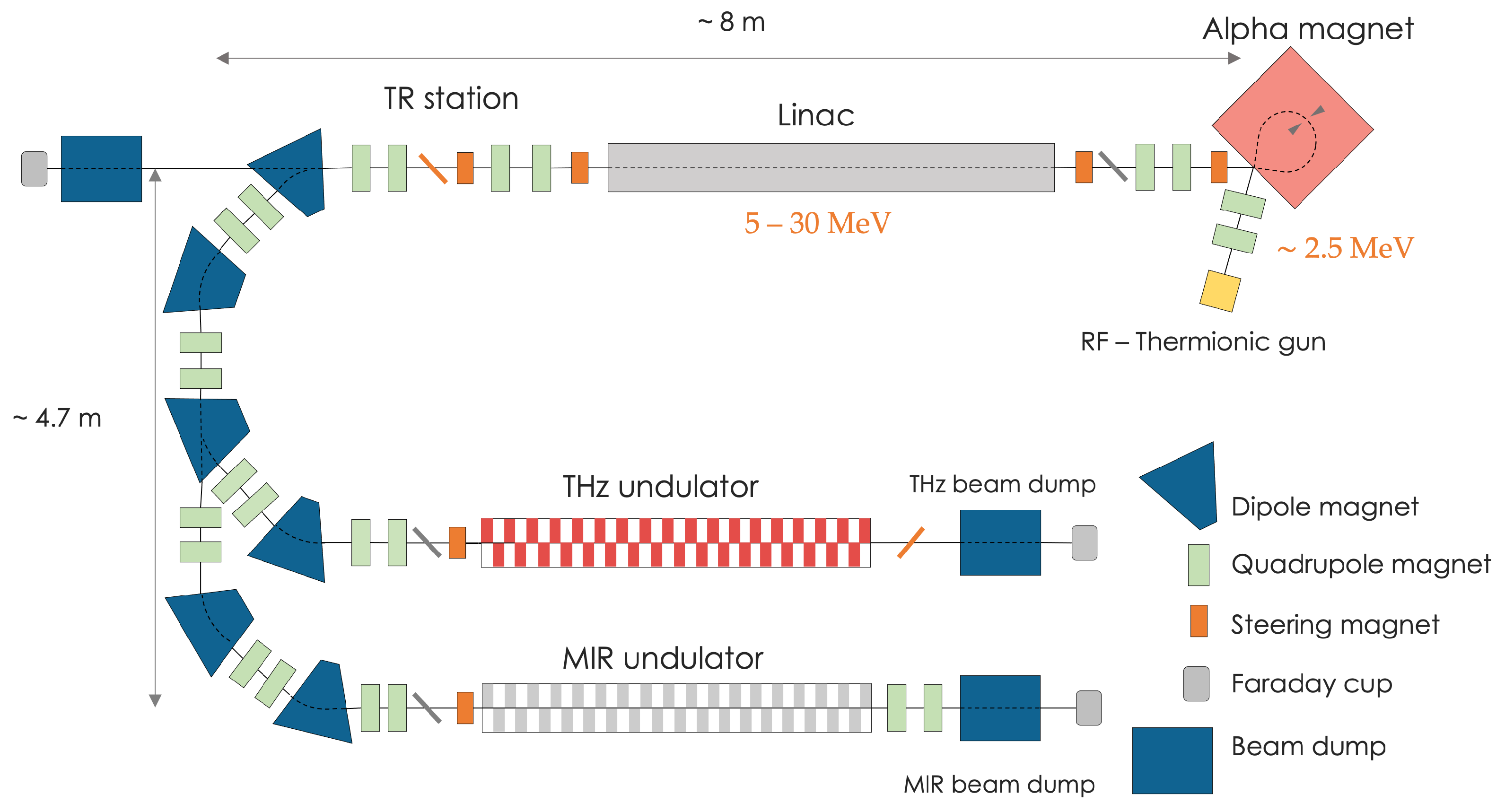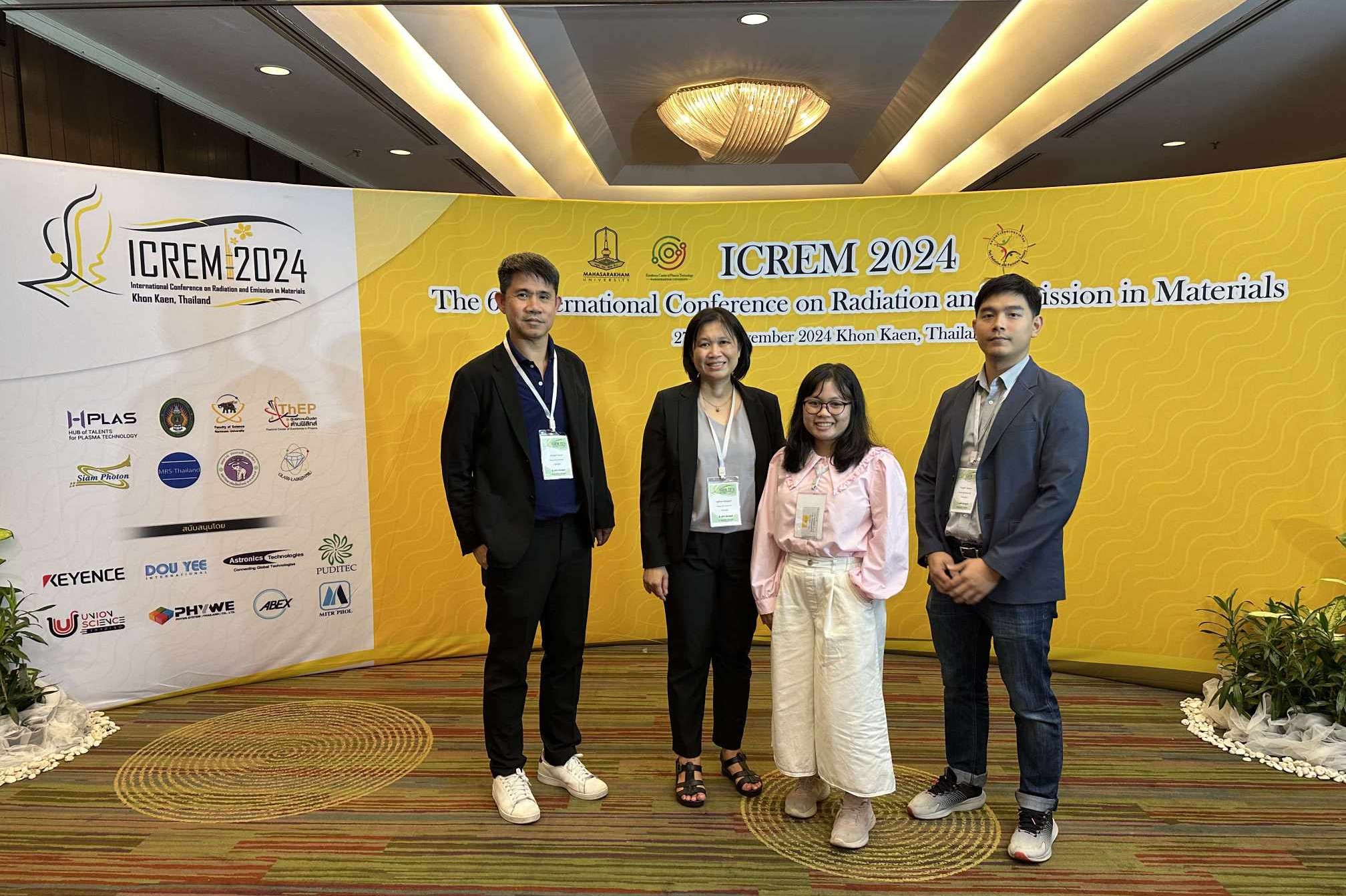Title

Design and Development of Dipole Magnet for MIR/THz Free Electron Laser Beam Dumps and Spectrometers



Ekkachai Kongmon, Kantaphon Damminsek, Nopadon Khangrang, Sakhorn Rimjaem and Chitrlada Thongbai

This research presents the design and development of electromagnetic dipole magnets for use as beam dumps and spectrometers in the Mid-Infrared (MIR) and Terahertz (THz) free-electron laser (FEL) beamlines at the PBP-CMU Electron Linac Laboratory (PCELL). The magnets were optimized to bend electron beams with energies up to 30 MeV by 60 degrees, without the need for a water-cooling system.

Based on 3D magnetic field simulations using CST EM Studio and particle tracking with ASTRA, the THz dipole (414 turns) and MIR dipole (600 turns) generate magnetic fields of 0.1739 T and 0.2588 T, respectively, while operating at currents below 10 A. Performance analysis confirmed the magnets' effectiveness, with the THz dipole handling energies up to 20 MeV and the MIR dipole up to 30 MeV.

The spectrometer design achieves an energy resolution of better than 1% in all evaluated cases, making it suitable for high-precision beam diagnostics. Furthermore, simulations indicated that the measurement error for energy spread decreases as the transverse beam size becomes smaller. Therefore, a small initial beam size, specifically below 1 mm, is recommended to ensure high accuracy in energy spread measurements.
Follow our latest research progress via our website (link below), or through our official Facebook page: PBP CMU Electron Linac Laboratory at Chiang Mai University – Thailand.
 Design and Development of Dipole Magnet for MIR/THz Free Electron Laser Beam Dumps and Spectrometers
Design and Development of Dipole Magnet for MIR/THz Free Electron Laser Beam Dumps and Spectrometers 






